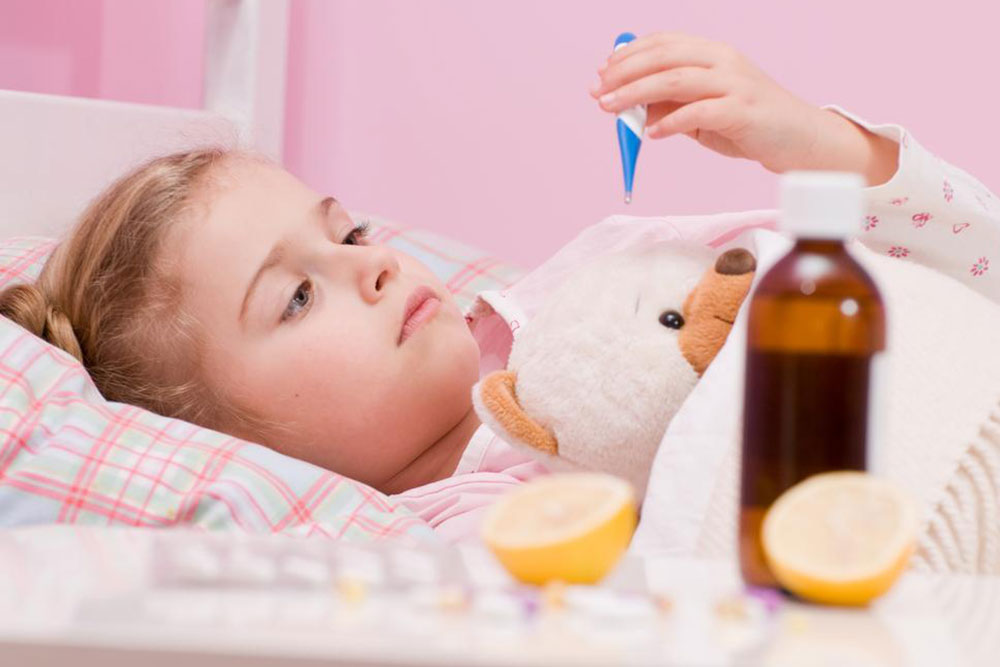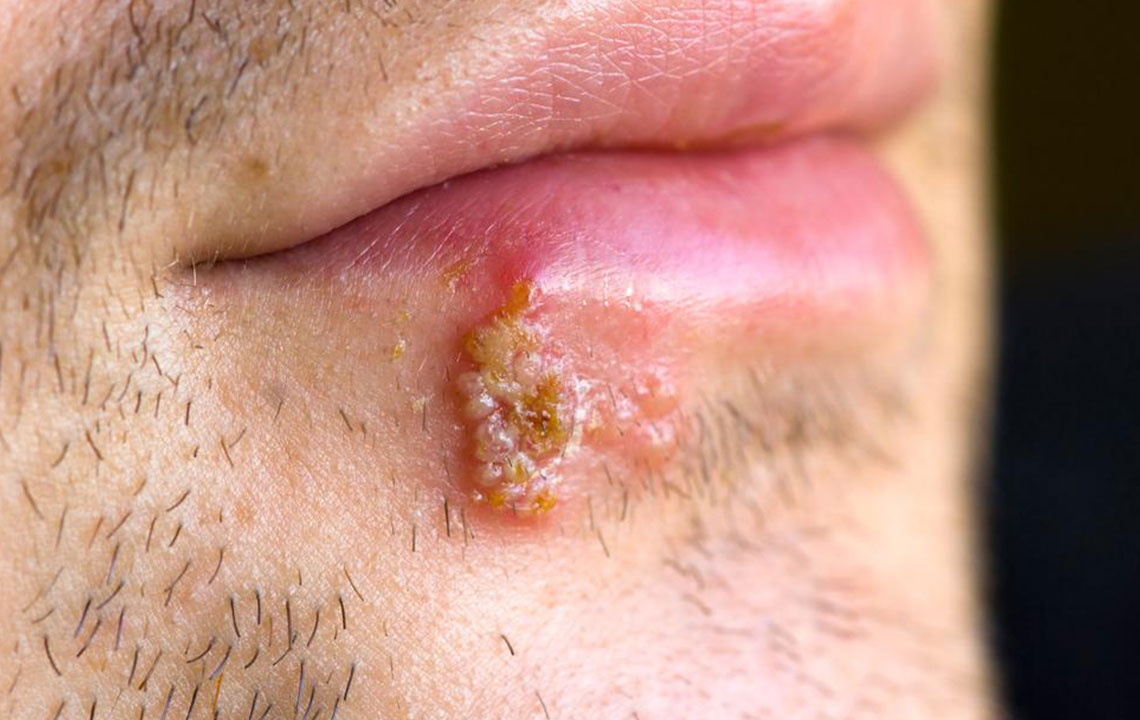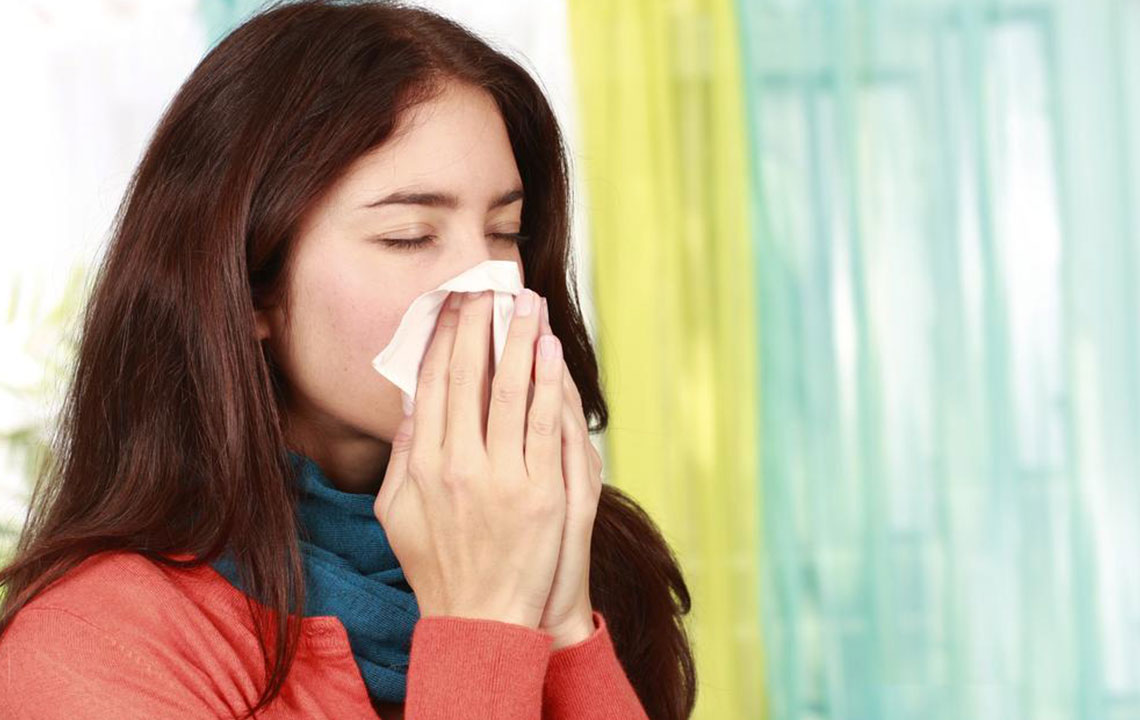Ultimate Guide to Monitoring Body Temperature and Managing Cold Sores Effectively
This comprehensive guide explores the various methods of body temperature measurement, explains the connection between fever and cold sores, and provides effective home remedies for cold sore management. Suitable for parents and health-conscious individuals, the article offers practical advice on monitoring health, recognizing symptoms, and prompt treatment options to maintain overall well-being.

Ultimate Guide to Monitoring Body Temperature and Managing Cold Sores Effectively
Have you ever felt an intense feeling of warmth spreading through your body, accompanied by night sweats or chills? Such symptoms are often signs of a fever, a common response to infections, illnesses, or other health conditions. While a fever can sometimes be harmless and part of the body’s natural defense mechanism, it also requires careful monitoring to prevent complications and to determine when medical intervention is necessary.
Understanding your body’s temperature is crucial, especially when you or your loved ones experience symptoms of illness. Regularly tracking body temperature can help detect early signs of infection and guide timely treatment. A comprehensive body temperature chart serves as an essential tool for parents, caregivers, and health-conscious individuals to assess health status effectively. Especially for children, this chart provides visual guidance on what constitutes normal vs. abnormal temperature — helping to differentiate between minor fevers and more serious health issues that require professional medical attention.
In this detailed guide, we explore various methods to accurately measure body temperature, understand what cold sores are and how they relate to fever, and explore practical home remedies for cold sores. Whether you are a parent concerned about your child's health, or an adult managing your own health, this guide offers valuable insights to help you stay informed and prepared.
Effective Methods to Measure Body Temperature
Accurately monitoring body temperature is fundamental to recognizing early signs of illness and determining severity. Several methods can be used, depending on age, convenience, and accuracy requirements:
Rectal Measurement — Commonly used for infants and young children, this method ensures high accuracy. To perform, gently lubricate a digital thermometer, position the baby on their stomach or back, and carefully insert the thermometer into the rectum about 1-1.5 centimeters. A reading of 38°C (100.4°F) or higher indicates a fever. This method provides the most reliable core body temperature reading but requires careful handling to avoid discomfort or injury.
Oral Measurement — Suitable for older children and adults, this involves placing a thermometer under the tongue and closing the mouth. Wait until the thermometer beeps or stabilizes, then record the temperature. An oral temperature of 37.8°C (100°F) or higher suggests fever. Ensure the person hasn’t recently consumed hot or cold beverages, as they can skew the reading.
Underarm & Ear Thermometry — For quick checks, measuring under the armpit can suffice. Place the thermometer tip firmly against the skin, ensuring the arm is pressed close to the body. A temperature over 37.2°C (99°F) indicates potential fever. Ear thermometers involve gently inserting the device into the ear canal—correct technique is essential for accuracy, ideally following the manufacturer's instructions or professional guidance.
Forehead Temperature — Using infrared or temporal artery thermometers, this non-invasive method involves placing the device on the center of the forehead and moving it across the temporal artery. This is particularly convenient for quick screenings, especially in children or elderly individuals. Readings above 38°C (100.4°F) suggest fever.
Monitoring your body temperature consistently can help you make informed health decisions and seek timely medical care when necessary.
Understanding Cold Sores and Their Connection to Fever
Cold sores, also known as fever blisters, are painful, contagious skin eruptions caused by the herpes simplex virus (HSV). They typically appear as clusters of blisters on or around the lips, nose, or around the face, often emerging during or after a fever. These sores are highly infectious, especially when the blisters are active, and can last between 2 to 3 weeks. Redness, swelling, and discomfort are common symptoms accompanying cold sores.
Cold sores occur when the herpes simplex virus reactivates in response to various triggers, such as immune suppression, stress, hormonal changes, or illness accompanied by fever. The presence of a fever can weaken the immune system, making it easier for the virus to reawaken and cause cold sores.
Fortunately, there are several home remedies and treatments available to manage cold sore symptoms and speed recovery:
Applying Ice — Ice packs or cold compresses can numb the area, reduce swelling, and alleviate pain. Wrap ice in a cloth and hold it against the cold sore for 10-15 minutes, several times a day.
Tea Tree Oil — With antiviral and antiseptic properties, dabbing diluted tea tree oil on the blisters can promote faster healing. Always dilute essential oils before application to avoid skin irritation.
Aloe Vera Gel — Renowned for its soothing and healing effects, applying organic aloe vera gel directly on cold sores can diminish irritation and facilitate tissue repair.
Garlic Consumption — Known for its anti-inflammatory and antiviral properties, including garlic in your diet or applying garlic extract topically can help combat the herpes virus.
Licorice Root — Containing glycyrrhizin, licorice root exhibits antiviral activity. Topical applications or herbal teas can support cold sore healing, but consult with a healthcare provider prior to use.
While home remedies can be effective in alleviating symptoms, it is important to seek medical advice if cold sores worsen, do not heal within a couple of weeks, or if frequent outbreaks occur. Proper medical treatment, including antiviral medication, can significantly reduce symptoms and prevent recurrences.





